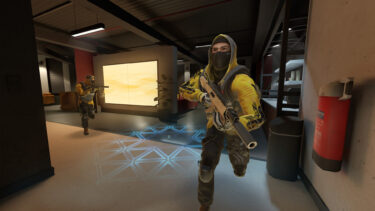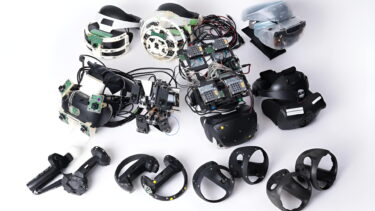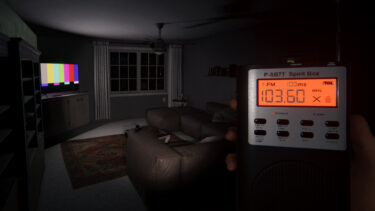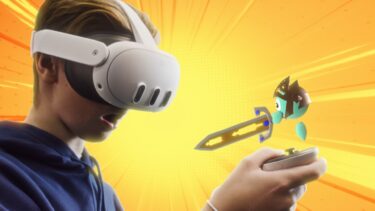On the seven-year journey to the final Playstation VR 2, many wondrous prototypes for VR headsets and controllers were created.
Even before the release of the first Playstation VR in 2016, Sony’s engineers were already working on a successor. The road to the release of PSVR 2 on February 22, 2023 has been lined with many highly interesting prototypes, which Sony is now sharing. Some tracking and controller variations had already been leaked earlier as patents.
Some of the modern features were discussed early on. The teams thought about gaze tracking, haptic headset feedback and a single cable system as early as the concept phase, reports Yasuo Takahashi of Sony Interactive Entertainment on the PlayStation blog.
PSVR 2: Clunky prototypes, modern features
While building the first two prototypes, each with an external camera, the designers were already thinking about more advanced tracking. The now-common inside-out tracking was considered from the beginning, says Takahashi. One of the first prototypes to test the internal tracking cameras had a bulky metal frame (evaluation board) on top of the headset. Its size was almost reminiscent of a metal deer antler.
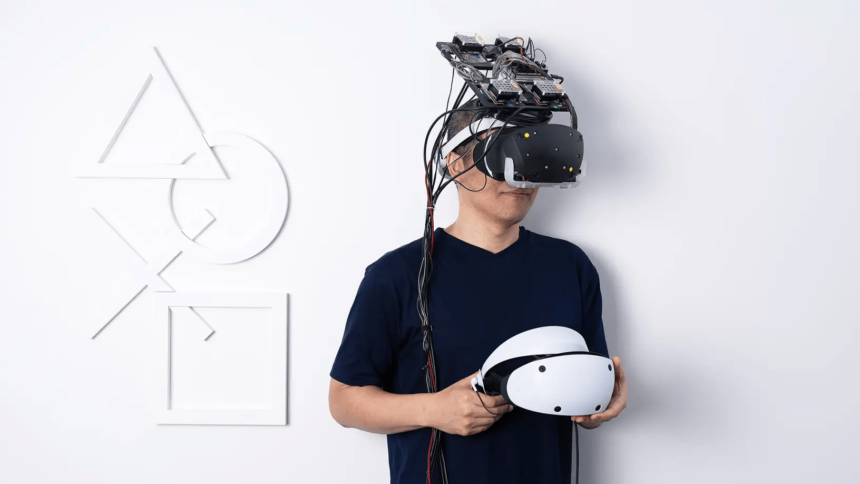
Other prototypes on solid metal mounts allowed experimentation with different camera angles. The developers:inside also tested transparent housings or those with side openings. The latter allowed Sony to control the distance between the eyes and the lenses.
The meticulous experiments seem to have paid off, especially in the design of the highly ergonomic controller: “We worked closely with the team in Europe to ensure that we had as many people test the controller as possible,” says Takahashi.
The first prototype even had a tracking ball, like the old Move controllers that were compatible with the first PSVR 1. However, this model was only used to test haptic feedback and finger touch detection.
Shaping the PSVR2 Controller
The unusual spherical shape of the tracking rings arose from the need to place the LEDs for the cameras in clearly visible positions, while also accommodating all the planned functions with comfortable handling.
Initially, the designers developed side tracking rings reminiscent of Valve’s Index controllers. However, with all the functions integrated, the handle proved to be too bulky and uncomfortable.

“Our goal was to balance the weight and center of gravity to make the controller easier to grip and hold for longer gameplay sessions,” says Takahashi, “we had to make drastic changes to the internal structure.” Check out the PlayStation Blog for the full interview with more photos and interesting insights into the development of the PlayStation VR 2.
Source: Mixed News
